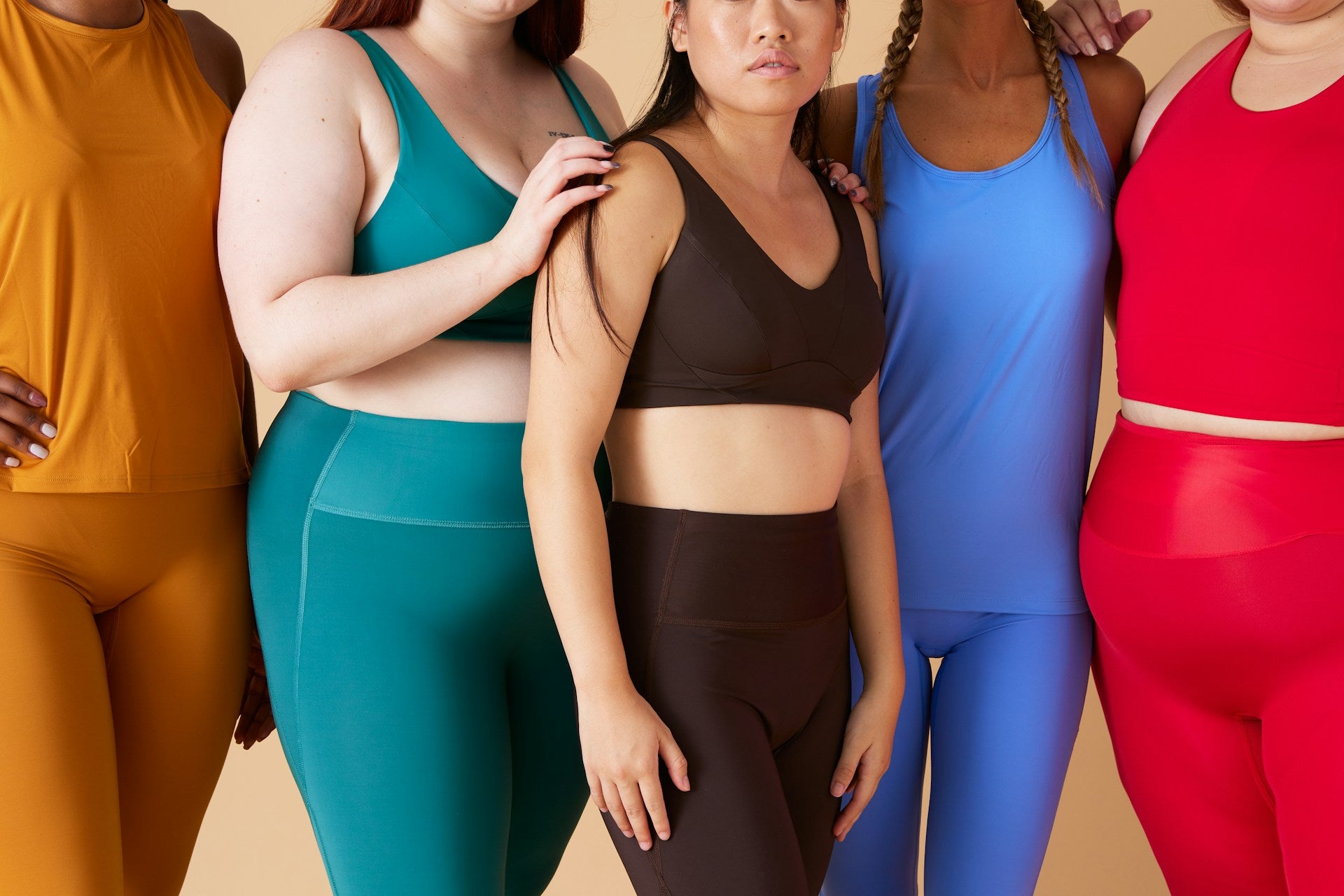Launching a fitness apparel line can be an exciting venture. With more people prioritizing health and wellness, the demand for stylish and functional activewear continues to grow. If you've ever thought about starting your own fitness apparel brand, now is a great time. However, diving into this market requires thoughtful planning and execution.
Understanding your audience is the first crucial step. Knowing who you are designing for and what they need will guide your entire process. Once you have a clear idea of your market, you can start focusing on the design and development of your product line. Offering quality and customizable options can make your brand stand out.
Marketing plays a vital role in getting your brand noticed. Using social media and influencer partnerships can help you attract attention and build a following. But it doesn't stop there. Ensuring quality and customer satisfaction is key to building a strong, loyal customer base. By paying attention to these areas, you'll be well on your way to launching a successful fitness apparel line.
Understanding Your Target Audience and Market Niche
Knowing your target audience is crucial when launching a fitness apparel line. Understanding who your customers are and what they need will guide every decision you make.
1. Identify Your Ideal Customer: Think about who will wear your products. Consider age, gender, income, and lifestyle. For instance, young professionals who love staying fit might prefer stylish and functional items like the Era Leggings and Elite Sports Bra. Meanwhile, those who enjoy casual comfort might gravitate towards the Swag Hoodie and GO Jogger.
2. Analyze Market Trends: Stay updated on what's popular in the fitness apparel market. Look at current trends and what competitors offer. This helps you see gaps in the market and offer something unique. For example, if you notice a trend in eco-friendly fabrics, consider offering products like the Performance Polo made from sustainable materials.
3. Collect Feedback: Engage with potential customers and collect feedback. Use surveys or social media polls to understand their preferences. Ask questions about what fabrics they like or what features are most important. Knowing that your audience prefers the comfort of the Long Sleeve Hooded Top for layering informs your product decisions.
Understanding your audience and niche helps you create products that meet specific needs and stand out from the competition.
Designing and Developing Your Product Line
Designing your product line requires a mix of creativity and practicality. You need to offer items that are not only stylish but also functional and durable.
1. Focus on Quality Materials: Choose high-quality materials that offer comfort and durability. For example, the Elite Leggings should be made from a fabric that allows for flexibility and moisture wicking. Quality materials ensure that your products are comfortable and long-lasting.
2. Make Room for Customization: Offer customization options to make your brand unique. Allow customers to choose colors, add monograms, or pick special fits. Products like the Ladies Elite 1/4 Zip can be offered in various colors or with personalized touches to meet individual tastes.
3. Create a Balanced Collection: Your product line should cover a range of needs. Include versatile pieces like the Power Tee for workouts and casual wear. Add essential items like the Biker Shorts for performance and lounging. A balanced collection ensures that you have something for everyone.
4. Prototype and Test: Before launching, create prototypes of your designs and test them. Get feedback from a focus group to identify any issues. Tweaking the fit of the Ladies Jogger based on real user feedback can make a big difference in customer satisfaction.
By focusing on quality, customization, balance, and thorough testing, you can create a product line that attracts and retains customers.
Marketing and Promoting Your Fitness Apparel Brand
Getting your brand noticed is essential for success. Here are some strategies to effectively market and promote your fitness apparel brand.
1. Leverage Social Media: Use platforms like Instagram, Facebook, and TikTok to showcase your products. Post high-quality images and videos of your items in action. For example, share a video of someone working out in the Power Tee or lounging in the ladies’ jogger. Engage with your audience by responding to comments and hosting live sessions.
2. Collaborate with Influencers: Partnering with fitness influencers can give your brand a broader reach. Influencers can wear and review your products, providing authentic endorsements. For example, have an influencer show off the versatility of the Long Sleeve Hooded Top.
3. Host Giveaways and Contests: Organize giveaways and contests to generate buzz. Ask followers to share your posts or create content using your products. Winners can receive popular items like the Swag Hoodie or Elite Zip Up. This not only increases engagement but also attracts new followers.
4. Offer Limited-Time Discounts: Periodically offering discounts can boost sales and attract new customers. Promote deals on your website and social media. Highlight items like the Era Leggings or GO Jogger, which are likely to draw attention.
By using these marketing techniques, you can build a strong presence and attract a loyal customer base.
Ensuring Quality and Customer Satisfaction
Quality and customer satisfaction are key to building a reputable brand. Here are steps to ensure you meet your customers’ expectations.
1. Prioritize Quality Control: Implement strict quality control measures to ensure that every product is top-notch. Check for durability, comfort, and fit. For instance, ensure that the stitching on the Elite Sports Bra and the material of the Biker Shorts meet high standards.
2. Listen to Customer Feedback: Pay attention to what customers are saying about your products. Encourage reviews and read them carefully. If multiple customers mention that the Crop Hoodie could use a stronger zipper, take steps to address this issue. Responding to feedback shows that you value your customers’ opinions.
3. Offer Easy Returns and Exchanges: Make it simple for customers to return or exchange items. Clear policies help build trust and satisfaction. If someone receives a defective Ladies Elite 1/4 Zip, they should be able to exchange it hassle-free. A seamless process enhances the customer experience.
4. Provide Excellent Customer Service: Train your customer service team to be friendly and helpful. Promptly addressing questions or concerns can make a big difference. If a customer wants to know how to care for their Performance Polo, your team should provide clear and useful information.
By focusing on quality control, customer feedback, easy returns, and great service, you can ensure high customer satisfaction.
Conclusion
Starting a fitness apparel line requires dedication and attention to detail. By understanding your target audience, designing and developing quality products, and implementing effective marketing strategies, you can build a successful brand. Keeping your customers happy through quality control and excellent service is vital to gaining their loyalty and trust.
Launching a fitness apparel line is a fulfilling venture. Following these steps can help guide you toward success.
Ready to take the next step? Turn to Go Leisure to explore our range of customizable athleisure products and start designing your unique fitness apparel line today!



